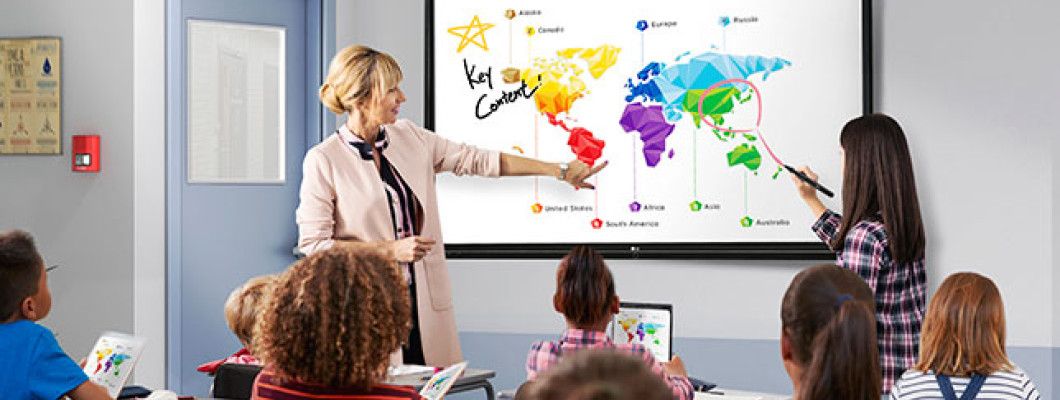
Интерактивные доски произвели революцию в том, как мы сотрудничаем, обучаем и представляем информацию в различных условиях. Эти инновационные дисплеи обладают рядом преимуществ, но имеют и свои недостатки. Давайте окунемся в мир интерактивных досок, изучим их преимущества, недостатки и разнообразие применений.
Преимущества:
- Расширенное сотрудничество. Интерактивные доски способствуют сотрудничеству, позволяя нескольким пользователям одновременно взаимодействовать с контентом. Эта функция поощряет командную работу и участие в классах и деловых встречах.
- Интерактивное обучение. В образовательных учреждениях интерактивные доски превращают традиционные лекции в интерактивное обучение. Учащиеся могут активно участвовать в уроках, манипулировать цифровым контентом и работать с мультимедийными ресурсами, улучшая понимание и запоминание.
- Увлекательные презентации. Интерактивные доски позволяют докладчикам создавать динамичные и увлекательные презентации. Благодаря таким функциям, как управление с помощью сенсорного экрана, инструменты аннотирования и интеграция мультимедиа, докладчики могут увлекать аудиторию и более эффективно передавать информацию.
- Универсальная функциональность. Эти дисплеи обладают универсальными функциями и служат в качестве цифровых досок, центров видеоконференций и интерактивных дисплеев для презентаций, учебных занятий и мозговых штурмов.
- Удаленное сотрудничество. С ростом удаленной работы и дистанционного обучения интерактивные доски облегчают сотрудничество между географически разбросанными командами. Пользователи могут совместно использовать экраны, совместно работать над документами в режиме реального времени и беспрепятственно проводить виртуальные встречи.
Недостатки:
- Стоимость. Покупка и установка интерактивных досок может оказаться дорогостоящей, особенно для организаций с ограниченным бюджетом. Кроме того, текущее обслуживание и обновления программного обеспечения со временем могут повлечь за собой дополнительные расходы.
- Техническая сложность. Для установки и настройки интерактивных досок могут потребоваться технические знания, особенно для более крупных установок или расширенных функций. Пользователи могут столкнуться с проблемами совместимости, проблемами с подключением или программными сбоями, требующими устранения неполадок.
- Кривая обучения. Переход на интерактивные доски может потребовать обучения как преподавателей, так и сотрудников. Обучение и поддержка могут потребоваться, чтобы помочь пользователям ознакомиться с технологией и максимально раскрыть ее потенциал.
- Зависимость от технологий. Зависимость от технологий сопряжена с неизбежными рисками, такими как сбои системы, сбои программного обеспечения или сбои в работе сети. В случае возникновения технических проблем производительность и обучение могут быть нарушены до тех пор, пока проблема не будет решена.
Области использования:
- Образование. Интерактивные доски широко используются в классах и учебных заведениях для облегчения интерактивного обучения, вовлечения учащихся и поддержки мультимедийного обучения.
- Бизнес и встречи. В корпоративных условиях интерактивные доски используются для презентаций, встреч, учебных занятий и совместных проектов. Они обеспечивают эффективное общение, обмен идеями и принятие решений среди членов команды.
- Здравоохранение. В медицинских учреждениях интерактивные доски служат средством общения для обучения пациентов, проведения медицинских презентаций и телемедицинских консультаций. Они также могут упростить административные задачи и повысить вовлеченность пациентов.
- Развлечения и мероприятия. Интерактивные доски все чаще используются в развлекательных заведениях, музеях, выставках и мероприятиях, обеспечивая интерактивный опыт, образовательный контент и интерактивные инсталляции.
В заключение отметим, что интерактивные доски предлагают множество преимуществ в различных отраслях, меняя способы нашего обучения, совместной работы и общения. Хотя у них есть свои проблемы, преимущества, которые они приносят в образование, бизнес, здравоохранение и развлечения, делают их незаменимыми инструментами в эпоху цифровых технологий. Поскольку технологии продолжают развиваться, интерактивные доски, вероятно, будут играть все более важную роль в формировании нашего интерактивного опыта, повышении продуктивности и вовлеченности.
Помимо предоставления исчерпывающей информации об интерактивных панелях, стоит подчеркнуть, что ООО «Archa Online Tijorat» предлагает широкий спектр продуктов и услуг, отвечающих потребностям клиентов в Узбекистане. Наша платформа служит универсальным местом для частных лиц и предприятий, которым нужны качественные электронные устройства, включая интерактивные панели, а также различные другие технологические решения. Кроме того, чтобы повысить удобство для наших клиентов, мы предоставляем гибкие варианты оплаты, включая кредит, гарантируя беспрепятственный процесс покупки. С помощью archa.uz клиенты могут уверенно исследовать и инвестировать в новейшие технологические инновации, с легкостью и спокойствием.
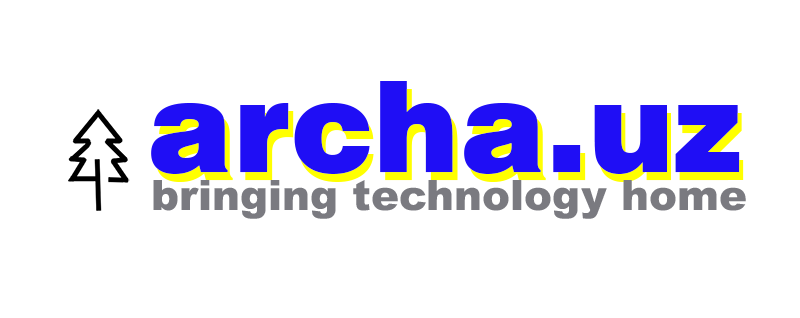

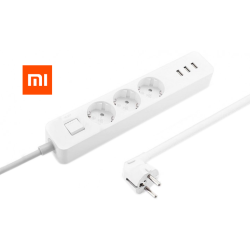


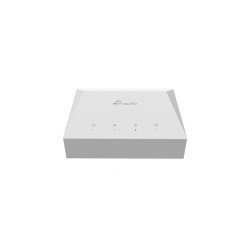


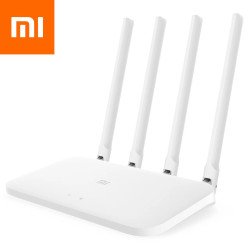
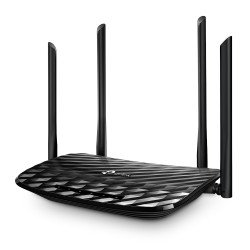



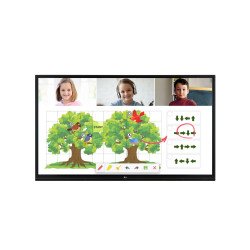
Оставить комментарий